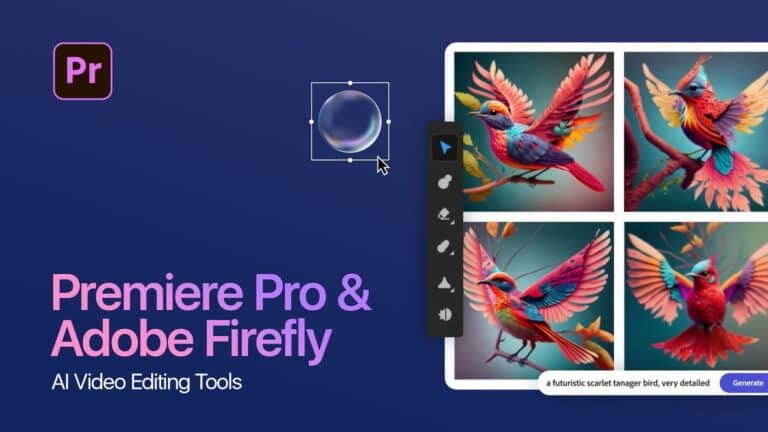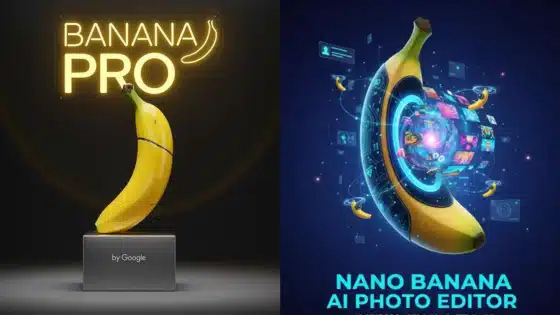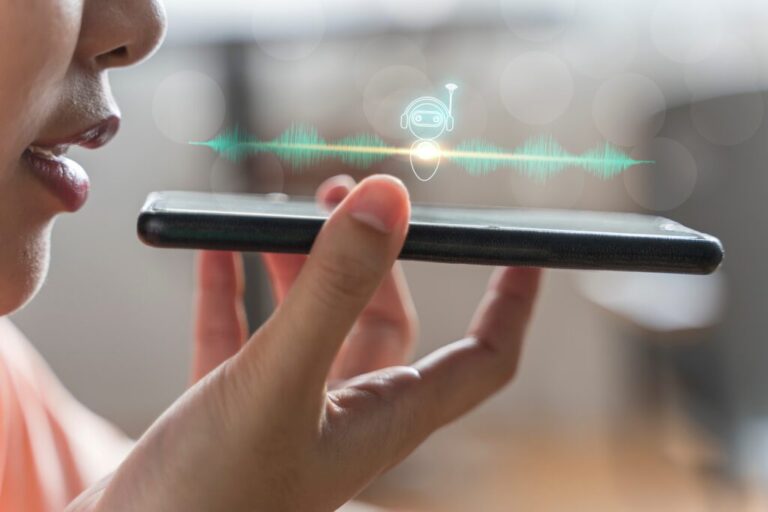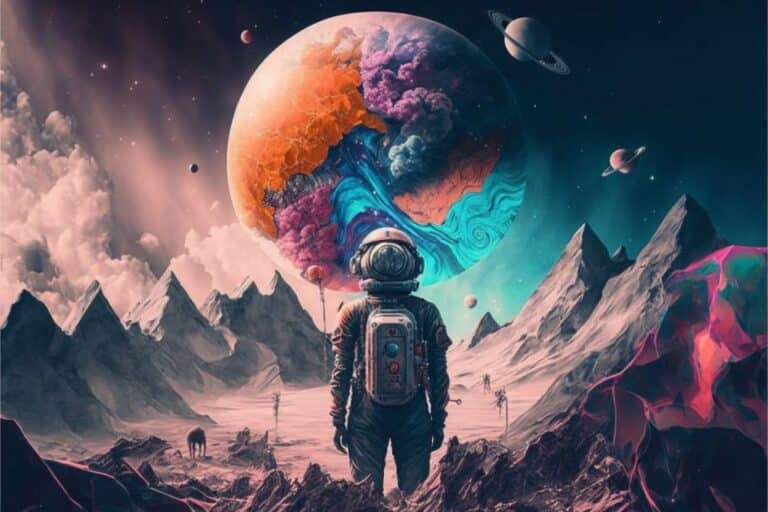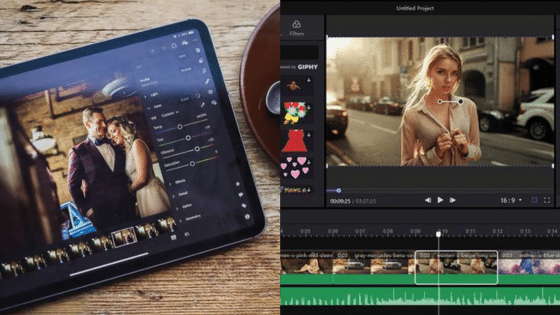Artificial intelligence is no longer just a support tool—it has become an active force in shaping how art, music, film, and design are created and shared. AI in creative industries changes how ideas are generated, how workflows run, and how new forms of expression emerge. You now have access to tools that can suggest concepts, automate repetitive tasks, and even collaborate with you in producing original content.
You can see its influence in digital art platforms, music composition software, and film production, where AI helps speed up processes while opening space for experimentation. Instead of replacing human creativity, these systems often expand what you can achieve by making advanced techniques more accessible.
This shift brings both opportunities and challenges. You gain new ways to create and distribute work, but you also face questions about originality, ethics, and the value of human input. Understanding how AI fits into creative industries helps you decide how to use it effectively without losing the human element that makes creativity meaningful.
Key Takeaways
- AI is transforming creative work by reshaping how ideas and content are developed
- New tools enhance collaboration and expand creative possibilities
- The future of creative industries depends on balancing innovation with human input
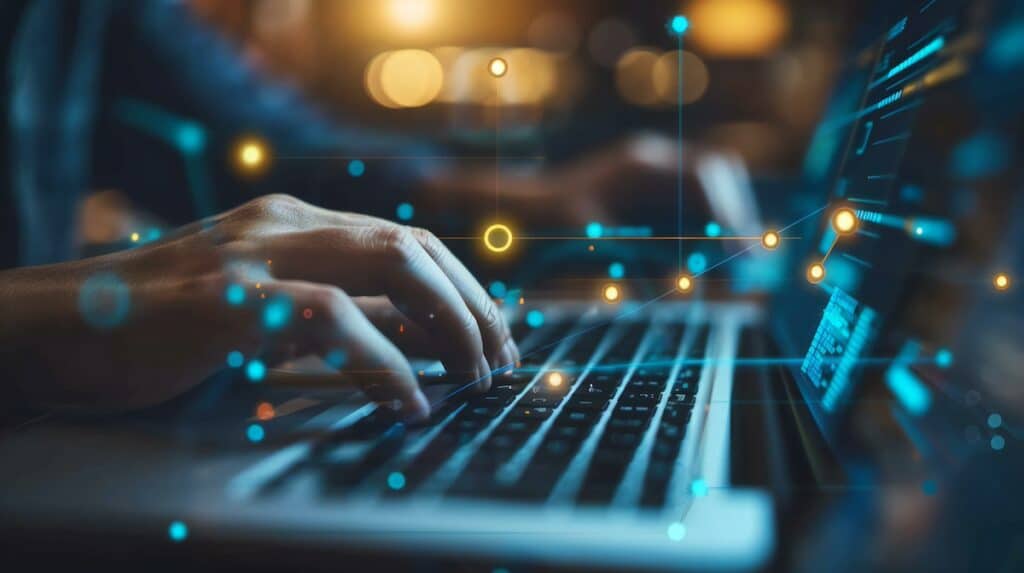
AI Technologies Transforming Creative Industries
Artificial intelligence now plays a direct role in how creative work is produced, refined, and distributed. From text generation to image creation and data-driven design, these tools give you faster workflows and new ways to experiment with ideas.
Large Language Models and Their Impact
Large language models (LLMs) such as GPT-based systems allow you to generate text, brainstorm ideas, and refine drafts with minimal effort. These models analyze vast amounts of data to produce coherent, context-aware writing that can support tasks like scriptwriting, marketing copy, and interactive storytelling.
You can use LLMs for content ideation, where they suggest outlines or dialogue options. They also assist in editing by improving grammar, tone, and clarity. For creative professionals, this reduces repetitive work and gives more time for higher-level decisions.
Another key use is personalization. By fine-tuning prompts, you can adapt LLMs to match a brand’s voice or a project’s style. This makes them valuable in industries such as advertising, publishing, and digital media, where consistent messaging is essential.
Advancements in Generative AI
Generative AI (GenAI) extends beyond text into images, audio, and video. Tools like DALL-E, Stable Diffusion, and music composition models let you create visual or auditory content from simple prompts. These systems rely on neural networks trained on large datasets, enabling you to produce original outputs quickly.
You can use GenAI to generate storyboards, concept art, or background music, which helps accelerate early creative stages. This reduces costs for prototyping and allows more room for iteration before final production. For example, filmmakers often use AI-generated visuals to test different styles before committing resources.
Another practical feature is style transfer, where GenAI adapts existing works into new formats. Designers and artists use this to explore variations of their projects without starting from scratch. The ability to rapidly test creative directions makes GenAI a central tool in modern workflows.
Machine Learning Applications in Creativity
Machine learning (ML) supports creativity through pattern recognition, recommendation systems, and predictive analytics. These methods help you identify trends, optimize designs, and tailor content to audience preferences. Unlike LLMs or GenAI, ML often focuses on enhancing decision-making rather than direct content generation.
In music, ML can analyze listener behavior to recommend personalized playlists or predict which compositions might resonate most. In design, ML algorithms detect visual patterns and suggest layouts that improve usability and aesthetics.
You also benefit from ML in workflow automation. For example, tagging large media libraries, categorizing images, or filtering raw footage becomes faster and more accurate with trained models. This reduces manual labor and ensures consistency across projects, giving you more time to focus on creative direction.

The Role of AI Tools in Creative Workflows
AI tools influence how you approach creative projects by reducing repetitive tasks, streamlining production, and enabling new forms of content creation. Their role extends beyond efficiency, shaping how you plan, design, and deliver creative work across different industries.
Automation of Routine Creative Tasks
You can use AI tools to handle repetitive and time-consuming tasks that often slow down creative projects. For example, automated background removal in images, color correction in videos, or layout adjustments in design software saves you hours of manual effort.
This automation allows you to focus on higher-level strategy and innovation. Instead of spending time on technical refinements, you can allocate more energy to conceptual development and decision-making.
Many professionals report measurable time savings. Some studies suggest AI can reduce weekly workloads by up to 10 hours through automation of tasks like prototyping, brainstorming, and refining drafts. These gains directly impact productivity without reducing the quality of creative content.
By integrating automation into your workflow, you can maintain consistency, reduce errors, and increase output speed. This makes AI not just a support tool but a reliable part of your creative process.
Integration of AI into Production Processes
AI integration in production processes helps you move from idea to final product more efficiently. In design, AI can generate mockups, suggest layouts, or simulate prototypes before you commit resources to production.
In media production, AI supports editing, sound mixing, and rendering. For example, automated tools can analyze footage, tag scenes, and recommend cuts, reducing the manual workload during post-production.
The use of AI across production stages also enables better collaboration. Cloud-based AI platforms allow teams to share assets, test variations, and track progress in real time. This reduces bottlenecks and improves communication.
When you integrate AI into production, you create a workflow that combines human creativity with machine precision. This balance ensures that your projects remain both innovative and efficient.
AI-Driven Content Generation
AI-driven content generation gives you the ability to produce text, images, video, and music at scale. Tools like generative AI models can draft articles, design visuals, or compose soundtracks based on prompts you provide.
These systems are not replacements for your creative input but serve as collaborators. You can use them to generate initial drafts, explore variations, or test creative directions before refining the output.
Practical applications include marketing campaigns, product mockups, and social media content. For instance, AI can quickly generate multiple ad variations, allowing you to test which version resonates best with your audience.
Using AI for content generation requires a clear strategy. You need to guide the tools with specific instructions and review outputs carefully to ensure accuracy, originality, and alignment with your creative goals.

Enhancing Human Creativity and Collaboration
AI supports your creative process by acting as a partner in idea generation, workflow efficiency, and content development. It strengthens collaboration within creative teams while lowering barriers for individuals who may not have formal training but want to participate in creative industries.
AI as a Creative Partner
You can use AI as an active collaborator rather than just a tool. Generative AI (GenAI) models help you brainstorm, refine drafts, and explore variations that may not emerge through traditional methods.
For example, in design, AI can generate multiple layouts quickly, giving you a range of starting points. In music, it can suggest chord progressions or rhythms that you might not have considered. This speeds up experimentation while keeping you in control of the final outcome.
AI also assists in repetitive or technical tasks, such as cleaning audio files or resizing images. By offloading these tasks, you can focus your energy on higher-level creative decisions. This balance allows you to extend your creative reach without reducing your role in the process.

Synergy Between AI and Creative Professionals
When creative professionals work with AI, the strengths of both sides combine. AI offers computational speed, pattern recognition, and data-driven insights. You contribute intuition, cultural awareness, and the ability to judge context.
This synergy often works best in collaborative teams. For instance, a film production team might use AI to analyze scripts for pacing while writers and directors decide how to adjust tone and dialogue. In publishing, editors can use AI to surface trends in reader preferences but still rely on human judgment to shape narratives.
A simple way to view this relationship:
| AI Strengths | Human Strengths |
|---|---|
| Pattern recognition | Intuition and empathy |
| Large-scale data review | Cultural understanding |
| Rapid iteration | Critical thinking |
By combining these strengths, you can create outcomes that neither side could achieve alone.
Democratizing Creativity Through AI
AI reduces entry barriers for people who may not have professional training or access to expensive tools. You can generate music, artwork, or written content with minimal resources, allowing more voices to participate in creative industries.
For creative teams, this democratization expands collaboration. Team members without technical expertise can contribute ideas through AI-assisted platforms. For example, a marketer could use AI to create draft visuals that designers later refine, making the process more inclusive.
This accessibility also encourages divergent thinking. By giving you quick prototypes or alternative directions, AI helps you test ideas faster and refine them with feedback. Over time, this iterative loop supports both individual creators and established professionals in producing more diverse and innovative work.

Applications of AI Across Creative Sectors
AI supports creative work by generating original content, streamlining production, and enabling new forms of expression. You can use it to create visual art, compose music, write text, or design interactive environments that adapt to audiences in real time.
Generative Art and Visual Media
In visual media, generative art uses algorithms such as GANs and diffusion models to create images, illustrations, and even animations. You can generate concept art in minutes, which reduces the time spent on early design stages. This makes AI tools valuable for graphic designers, advertisers, and digital artists.
AI also helps with style transfer and image enhancement. For example, you can apply the style of a famous painter to your own work or upscale low-resolution images without losing quality. These applications support both experimentation and production efficiency.
You can also automate repetitive tasks like background removal, color correction, or layout adjustments. This frees you to focus on more complex creative decisions. In fields like marketing and publishing, AI-generated visuals provide faster turnaround and customizable options for different audiences.

AI in Music, Film, and Literature
AI tools now contribute to music composition, scriptwriting, and editing. You can use machine learning systems to generate melodies, harmonies, and even full tracks based on genre or mood. Musicians often combine AI-generated material with their own input to speed up the creative process.
In film, AI supports video editing, scene generation, and sound design. You can automate tasks such as subtitling, voice synthesis, or background scoring. These tools help reduce costs and allow smaller teams to produce professional-quality content.
Literature also benefits from AI-driven text generation. You can use it for drafting plot outlines, creating dialogue, or suggesting alternative phrasings. While AI does not replace your role as an author, it functions as a writing assistant that helps refine ideas and explore different narrative directions.
Interactive and Immersive Experiences
AI plays a central role in interactive media such as video games, VR, and AR. You can build adaptive environments where game characters respond dynamically to player actions. This creates more engaging and personalized experiences compared to scripted interactions.
In immersive installations, AI enables real-time adjustments to sound, visuals, or narrative flow. For instance, you can design exhibitions that change based on audience movement or emotional response. These applications expand how audiences interact with creative content.
You can also integrate AI into live performances. Musicians, dancers, and theater groups increasingly use AI-driven visuals or soundscapes that react instantly to performers. This blending of human creativity with algorithmic input opens new possibilities for collaborative and participatory art.

Challenges and Future Outlook for AI in Creative Industries
You face both opportunities and obstacles as AI integration reshapes creative work. The main difficulties involve maintaining trust in artistic outputs, adapting workforce skills, and addressing ethical standards that guide responsible use.
Quality and Authenticity Concerns
When you use AI tools in creative industries, questions often arise about the originality and credibility of the work. Audiences may struggle to distinguish between human-made and machine-generated outputs, which can undermine trust.
Maintaining quality control becomes critical. Automated systems can generate large volumes of content quickly, but not all results meet professional standards. This creates a need for review processes where creative professionals verify accuracy, coherence, and cultural relevance.
Another challenge is authorship recognition. If AI contributes significantly to a project, you must decide how to credit human creators versus algorithmic systems. This issue affects publishing, music, design, and film, where intellectual property rights are central.
To address these concerns, you can adopt clear labeling practices, such as marking AI-assisted work. Combined with transparent AI strategy, this helps preserve authenticity and ensures audiences understand the role of technology in the creative process.

Skill Gaps and Professional Development
AI integration changes the skills you need to thrive in creative industries. Traditional expertise in design, writing, or performance remains essential, but technical knowledge of data, algorithms, and digital tools is increasingly valuable.
This shift can create skill gaps. For example, a graphic designer may need to learn prompt engineering or model fine-tuning to use AI effectively. Without training, professionals risk losing competitiveness in a market that expects hybrid human-AI abilities.
You can address this by investing in structured professional development programs. Workshops, certifications, and partnerships between creative institutions and technology providers can help close the gap.
Adopting a long-term AI strategy also matters. Instead of treating AI as a temporary tool, you should integrate it into career planning. This ensures you stay adaptable as platforms evolve and new capabilities emerge.
Ethical and Societal Considerations
AI use in creative industries raises ethical questions that go beyond technical performance. You need to consider how automation affects employment, cultural diversity, and representation.
Job displacement is a frequent concern. While AI can boost productivity, it may reduce demand for certain roles, especially in routine content generation. Balancing efficiency with fair opportunities for creative professionals is essential.
Bias in AI models is another issue. If training data lacks diversity, outputs may reinforce stereotypes or exclude certain voices. You must evaluate datasets and apply safeguards to ensure inclusivity.
Societal expectations also shape how AI is received. Transparency, accountability, and respect for human creativity remain priorities. By aligning AI integration with ethical guidelines and industry standards, you can build trust while still exploring new creative possibilities.
- 10shares
- Facebook0
- Pinterest7
- Twitter3
- Reddit0








